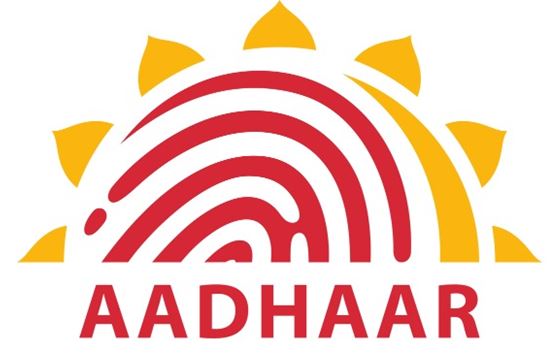Technology Behind Aadhar Card
India’s Unique Identification project, also known as Aadhar, earlier this week finished capturing demographic and biometric data of over half a billion residents–the largest biometric project of its kind currently in the world.
Aadhaar authentication is the process wherein Aadhaar number, along with other attributes (demographic/biometrics/OTP) is submitted to UIDAI’s Central Identities Data Repository (CIDR) for verification; the CIDR verifies whether the data submitted matches the data available in CIDR and responds with a Yes/No. No personal identity information is returned as part of the response.
Numerous nations around the globe utilize a remarkable personality framework whereby every native gets a number that hold all subtle elements related to their character under it. The administration of India has likewise looked for such a framework India and have called it Aadhaar, which is additionally alluded to as UID. They at that point expect to utilize this number to give advantages to the nationals through the Aadhaar number. These advantages could incorporate things like different endowments that the legislature gives, incorporate things like the appropriation on gas. The task is controlled by the Unique Identification Authority of India (UIDAI) and was presented in January 2009. The venture has confronted a few issues since its commencement with claims being made that the task was not unavoidably solid as it included the gathering of biometric information of the natives by the legislature.
The general idea of the program is to issue each subject with a unique number to help recognize them and give them the benefit of plans announced by the governing body. This exceptional identity incorporated the issuance of a 12 digit Aadhaar number and an Aadhaar card. The musing was in like manner that the endeavor would in like manner fill in as a character card for everyone and would then be associated with various organizations like UAN, money related adjusts and annuity designs.
Five different kind of verification to secure Aadhar card detail:
1. To begin with verification offering, benefit conveyance organizations can utilize Aadhaar Authentication framework for coordinating Aadhaar number and the statistic characteristics (name, address, date of birth, and so on) of an occupant.
2. This offering permits benefit conveyance offices to validate occupants through One-Time-Password (OTP) conveyed to inhabitant’s versatile number and additionally email address introduce in CIDR.
3. Through this offering, benefit conveyance organizations can verify occupants utilizing one of the biometric modalities, either iris or unique mark.
4. This is a 2-factor confirmation offering with OTP as one factor and biometrics (either iris or unique finger impression) as the second factor for verifying occupants.
5. This offering permits benefit conveyance offices to utilize OTP, unique finger impression and iris together to authenticate inhabitants.
Putting away Hash of biometric information. Since the Aadhaar database stores touchy biometric information of people, a valuable procedure to secure this information is to store just a non-invertible hash of biometric information, which changes over a string speaking to biometric information to an almost uniform arbitrary string which does not release any data about the person. A few systems to accomplish these are fluffy extractor and symmetric hashing. Another fascinating utilization of set of advances is the Enrolment Client desktop application. It is manufactured utilizing Java Swing and has various custom usage to help enrolling biometric gadgets, catch video stream contributions from these gadgets, bolster Indian dialect transliteration, has nearby inserted neighborhood stockpiling and makes the information profoundly secure by utilizing multi-level encryption.





